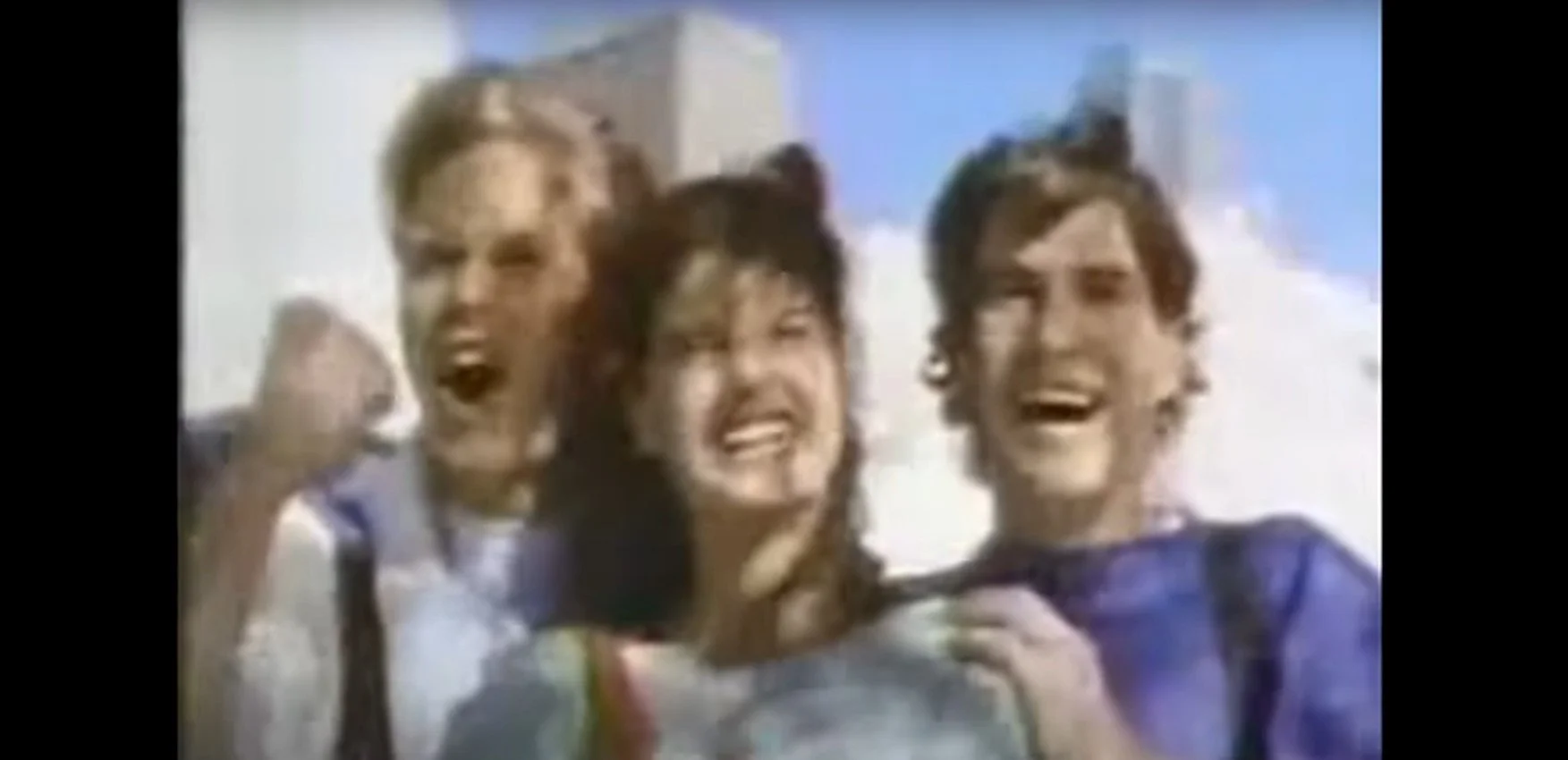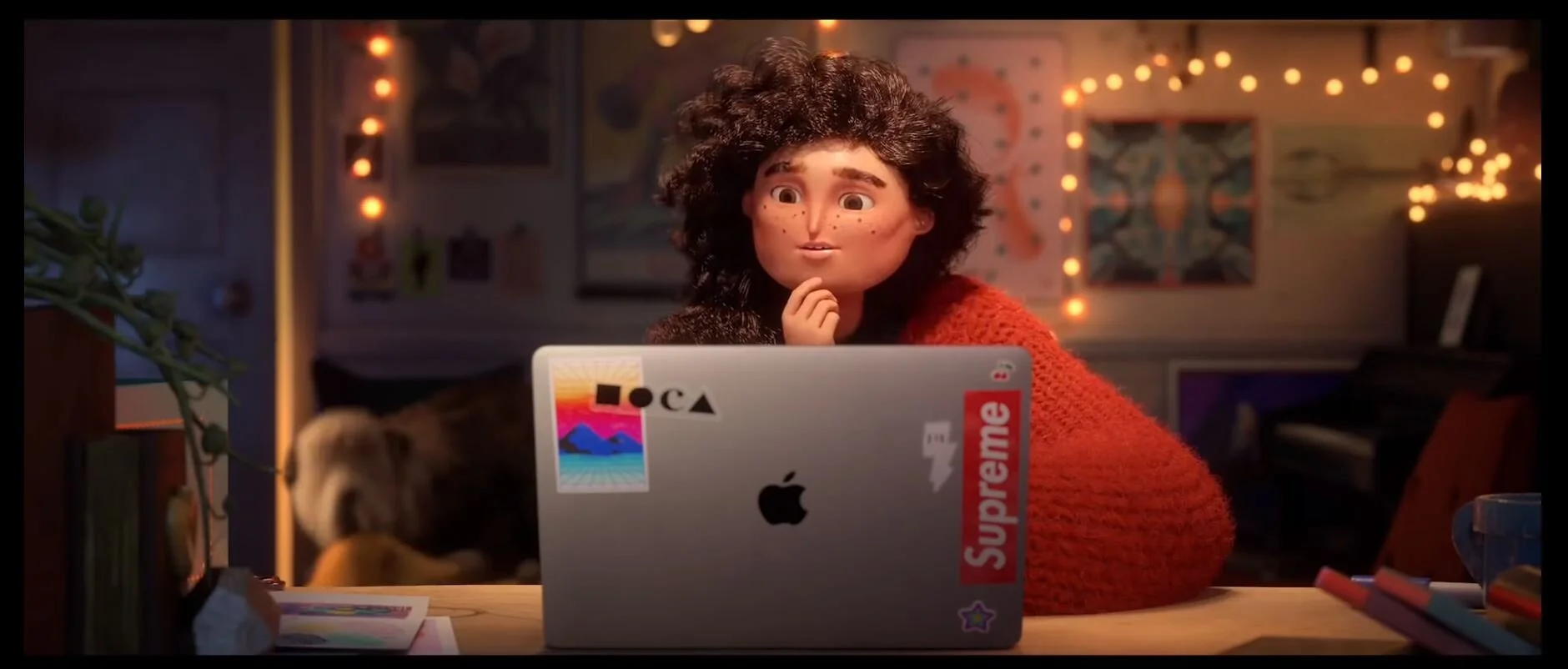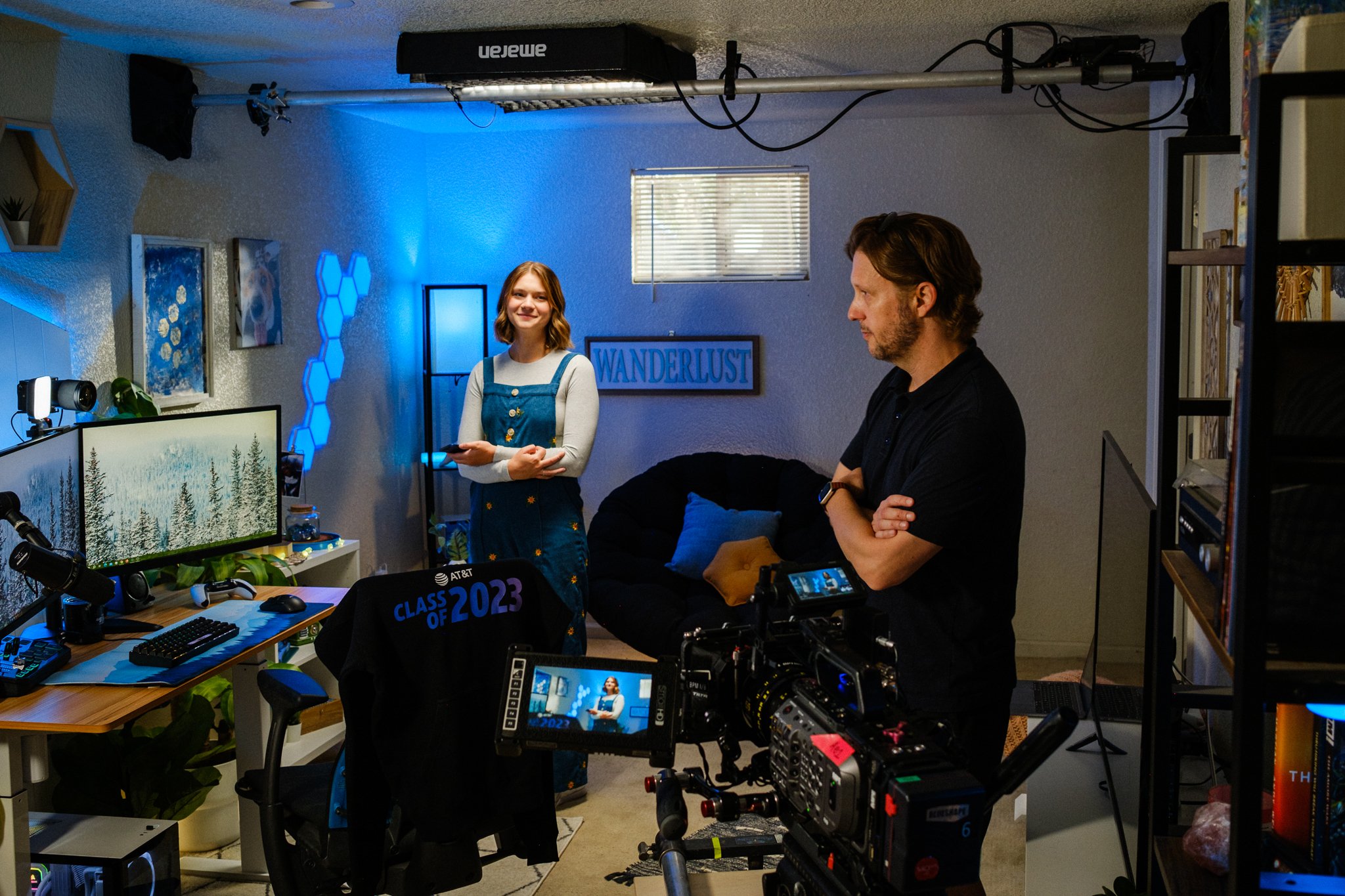Storytelling in Advertising: Its Evolution, Examples, & More
Read on to learn why narrative ads are so powerful, how they work, plus examples of the best storytelling ads from then and now.
Image via: Noble Bison Productions
The first video advertisement came to us by Bulova in 1941. It ran for 10 seconds on a billboard during a baseball game for just $9.00. And it’s pretty, yawwwn.
Video via: Bulova Ad, 1941
Advertisements have come a long way since then, from the way we understand human psychology to the technology and expertise available today. But it really wasn’t very long after the 40’s that marketers learned the power of targeting their customers with storytelling ads.
What is storytelling?
Storytelling uses a combination of elements, like characters, setting, and plot to build a narrative. In advertising, marketing professionals use those key components to develop relatable stories that connect with their ideal customers.
Companies started creating storytelling ads by casting people who looked like those they were marketing their products to in settings that were familiar to them. Think housewives presenting refrigerators and stoves in their 1950s homes.
Frigidaire Refrigerator Ad, 1956
The 1956 Frigidaire Refrigerator commercial above opens with a housewife and her children at their home and puts an emphasis on “a place for everything.” Very 1950’s, I must say. You can also sense the era from its sort of sedated, slow pace. It’s a great example that demonstrates how it was made in and for this particular time and consumer.
How does storytelling in ads work?
It may seem simple to tell a story around a brand, but there’s an art to crafting compelling narrative ads in the short time of 15-120 seconds.
First and foremost, good storytelling creates memorable and personalized experiences for viewers. These brief experiences have the power to influence our thoughts, feelings, and decisions.
In turn, we have easier recall and a more positive view of the brand and its products. And, hopefully, we’re more likely to choose them over their competitors if given the opportunity.
That’s a tall order when considering it’s just a 15-30 second commercial. So, let’s break down the top three ways good storytelling ads can have this effect on its target audience.
Top 3 Reasons Storytelling Ads Work:
Storytelling Creates Emotions
Storytelling Ads are Relatable
Prompts a Call to Action
Storytelling Creates Emotions
How do you want the consumer to feel?
These short ads are designed to tug emotionally on their audience. Why? Because emotions make us take action. If we feel strongly about something it not only sticks with us but it’s more likely to affect our decision-making, as noted above.
Mentos Ad, 1990’s
Advertisements only have a short time to leave an impression and use emotional storytelling to connect with viewers quickly.
There’s a whole spectrum of emotions adverts can play off. It could be a funny, sort of silly storyline like the 90’s mentos commercial shown above.
Making customers laugh is a fantastic way to make your products memorable if it works for your branding. But plenty of other emotions are also highly influential in storytelling ads.
The Psychology of Emotions in Advertisements
The MS in Applied Psychology program at USC writes in one of their blogs that there are two categories of emotive responses in advertising.
The first is based on empathy, which guides viewers to feel empathetic sentiments towards a brand. The second response is based on creativity, which makes people think the brand is "imaginative and ahead of its time."[1]
Storytelling creates these emotional effects on how viewers think and feel by presenting characters and plots that are relatable to them. Let's dig into why relatability itself is such an essential piece of the puzzle.
2. Storytelling Ads Are Relatable
Who would your ideal customer relate with?
A good ad typically has a “they understand me” effect. Often, these stories use relatable themes and motifs of our day-to-day experiences based on what’s being promoted. Doing so in a way that shows us their products can solve a problem or elevate our life in some way.
John Lewis “She’s Always A Woman” Ad 2010
Take this 2001 ad from John Lewis. It hit all the cliches of America’s social view of women in 2001, as to be relatable to that type of woman in that time. Advertisements move us when they are relatable, a fact that hasn't changed from the 1950's housewife who insists on keeping her household in order.
Though these narrow-minded narratives have thankfully evolved from the past, it’s not uncommon that advertisements, even today, put their consumers in a box. This isn’t necessarily a bad thing in the sense that it helps them create a quick, relatable story for a particular buyer persona.
Being relatable is more likely to hold the attention of the targeted consumers and get them on board with the actions happening within the narrative.
The Science of Relatability in Ads
In a 2019 research article about storytelling in ads, Eunjin Kim, a quantitative expert on narrative advertising, said: "[…]structural elements in the narratives, such as the presence of the main character in a story and their actions in the plot, enable a viewer to relate to the story in the ad, which in turn generates more positive feelings in the viewer."
We learn that these experiences promote what Kim calls "vicarious learning through the main characters the main character's feelings, thoughts, and beliefs, and is likely to lower the viewer's resistance to the ad story."[2]
It's interesting how Kim says we can learn vicariously through characters. Relatable ad stories give the impression that we are discovering the message "on our own" rather than being force-fed. In this way, these ads can communicate a whole lot to the viewer without saying much at all. Now, let’s talk about communication and the whole point of the advertisement in the first place.
3. Storytelling Prompts a Call to Action
Regardless of how relatable or heartfelt an ad is, the goal is for you to take action in some way. Every ad conveys a call to action (CTA). Whether layered or straightforward, the story is a device to get a brand's message across.
Advertisements that use storytelling work by mainly focusing on the story itself and gently weaving the brand/messaging into the story's plot. This technique veers away from giving the viewer lots of informational material (i.e., infomercials, demos, etc.) and instead relies on our mores, common sense, and human nature to get the message across.
The message can consist of slogans, minimal words, or none at all. Print ads have done this with static images forever. Depending on the type of ad, the message may only be implied in a way that it's more of a feeling than a direct message. Whether the CTA is direct or subtle, the message will leave the viewer with an impression to act.
Examples of Storytelling Advertisements:
1. Amazon’s “The Show Must Go On” Ad, 2020
A good example that brings each of the above points together is Amazon’s 2020 winter commercial called “The Show Must Go On” — referencing the pandemic, of course.
Notice how the commercial focuses primarily on the elements of the narrative to get the message across. The main character is faced with a relatable conflict but triumphs in the end with the support of her friends, family, and community. Oh, and Amazon.
2. Apple’s “Share Your Gift” Ad, 2018
Seasonal commercials, like the Apple one, included above, draw on traditions to tell stories that make us feel nostalgia, inspiration, and more. Tying positive feelings and emotions to a brand makes us more likely to recall and purchase their products or services.
The 2018 Apple ad relates to artists that haven't shared their work but most likely dream of being an artist one day. The soundtrack is even a young artist in the making (at the time), Billie Eilish. It’s hitting a few chords of their demographic, if you catch my drift.
3. Kinoo Ad, 2020
In this ad for Kino, we’re set in the familiar shoes of an American family. The mom peaks in here and there with a joyful smile as she watches her daughter and the grandfather connect and build memories. It’s common for family members, like grandparents, to live across multiple states and regions of America. Kinoo shows it demo how they can remove that space and keep their relationships in tact.
Are you looking for a video production company to help you film effective storytelling ads?
Noble Bison Productions would love to hear from you!
NOBLE BISON PRODUCTIONS
A DENVER-BASED VIDEO PRODUCTION COMPANY
BROADCAST COMMERCIALS - MUSIC VIDEOS - FILMS - BRAND VIDEOS - DEMOS - CORPORATE VIDEOS - WEBSITE/SOCIAL VIDEOS
More time for reading? Check out these related posts:












